What do you think about a virus……..?
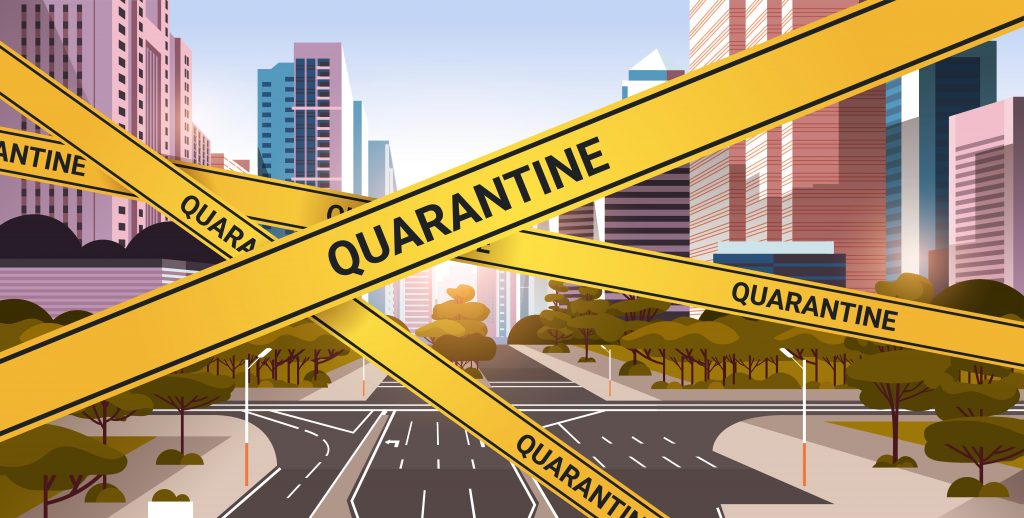
If I were to ask random people in the city what they think about a virus, I believe most people would have a negative perception about it, some would just accept viruses as being part of nature and probably no one would have anything positive to say about a virus unless he/she is a virologist! In the current pandemic situation we find ourselves in, it is justifiable to associate a virus with death, lockdown, isolation and as an overall burden to humanity. But are all viruses bad? Do they have anything good to offer? Is their mere existence a burden to humanity? Besides keeping us at home and preventing us from eating out, hence indirectly helping us to sharpen our cooking skills, do they offer any benefit if at all to humans? Before we even attempt to answer these questions, it is important that we first try to understand the nature of viruses.
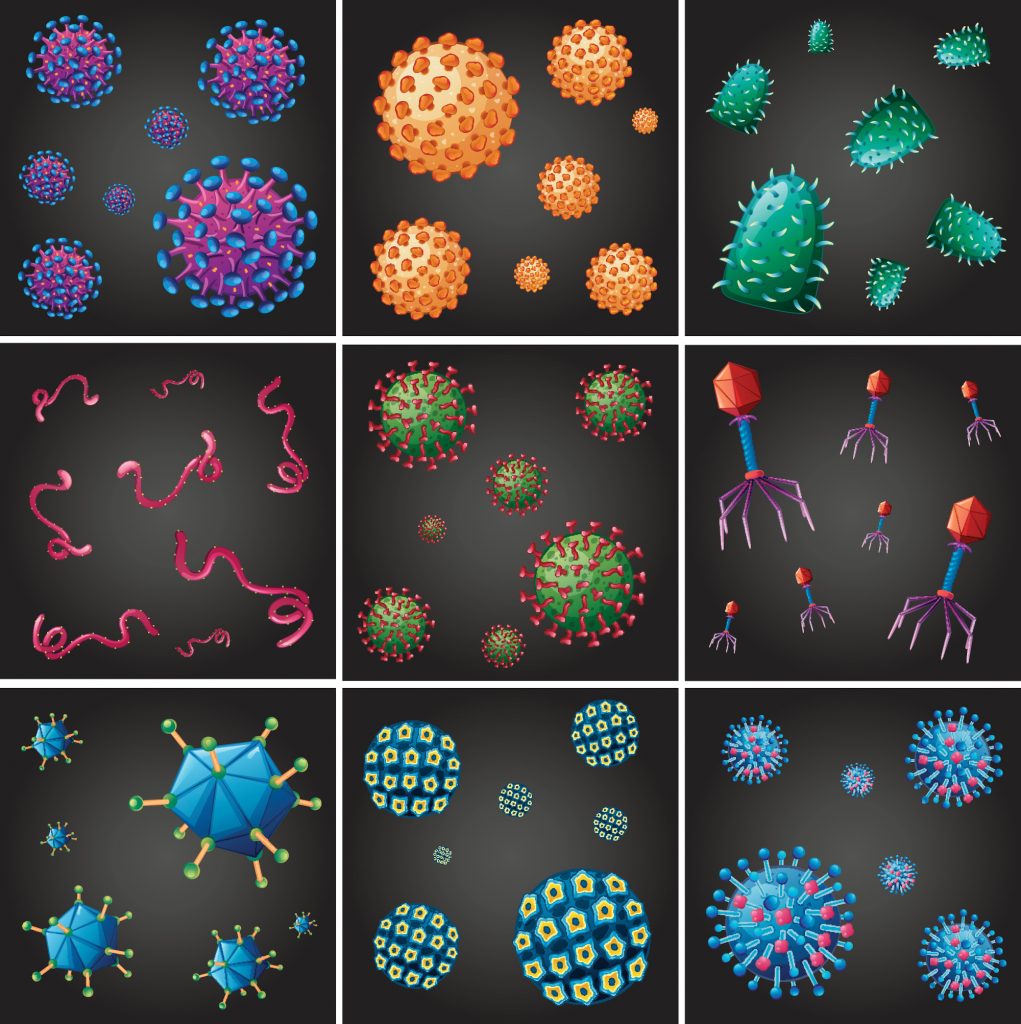
So…. what is a virus?
A virus is a submicroscopic infectious agent that can replicate inside the living cells of an organism [1]. Viruses can be found in animals, plants or microorganisms such as bacteria. They can be classified based on their morphology and genome type but they are most commonly classified based on the type of mRNA they produce during their replication cycle, termed as the Baltimore Classification [2]. Despite all their differences however, most viruses are generally very small in size with a diameter of less than 200 nm and they all require a host cell to undergo replication. Until this day, no known virus has been reported to contain one of the most essential and indispensable protein making machinery of any given living cell… the ribosome! [3].
How long have viruses been around?
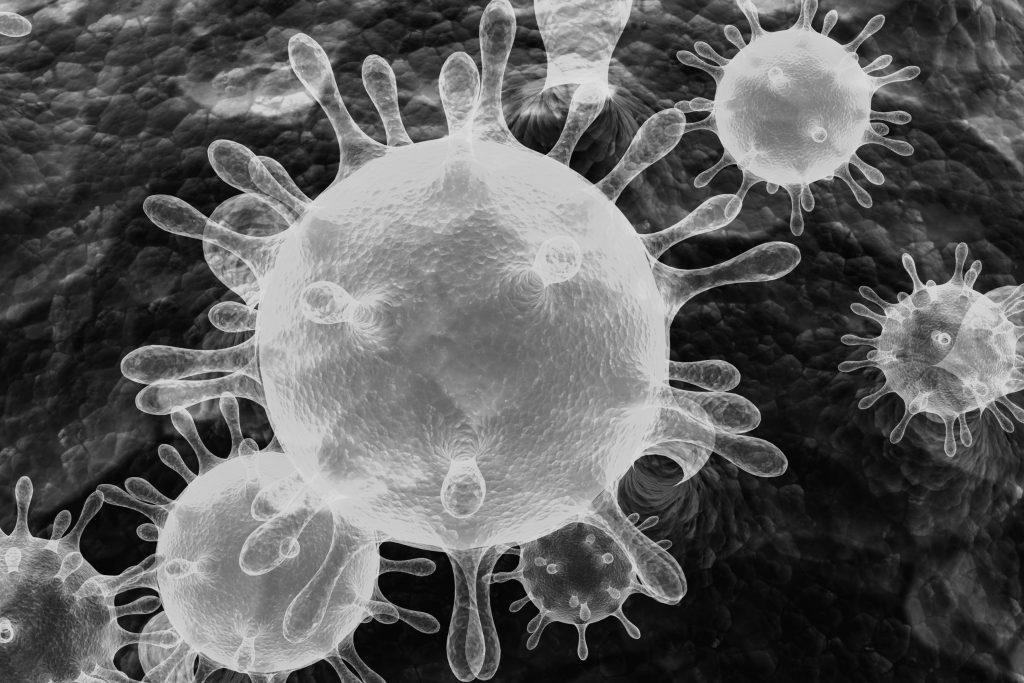
Gustavo Caetano-Anolles and his colleagues at the Univesity of Illinois recently pioneered a new way to map the microbial family tree. In their study, they analyzed 5080 completely sequenced proteomes from cells and viruses and grouped them into either fold families (FFs) that share domains with 30% or more sequence composition identity or fold superfamilies (FSFs) that share common 3D structures and biochemical properties but low sequence identity. Employing this new approach of comparing the shape or “folds” of proteins, they were able to demonstrate that both viruses and bacteria descended from the same ancient cellular life form some 3.4 billion years ago. Their model shows that while bacteria evolved to acquire increasing complexity, viruses gradually became simpler, losing genes that were deemed to be non-essential until they could no longer even reproduce on their own [4]. However, even though viruses have been around for millions of years, it was just a little over 100 years ago that we discovered the first virus in humans.
Discovery of the first virus
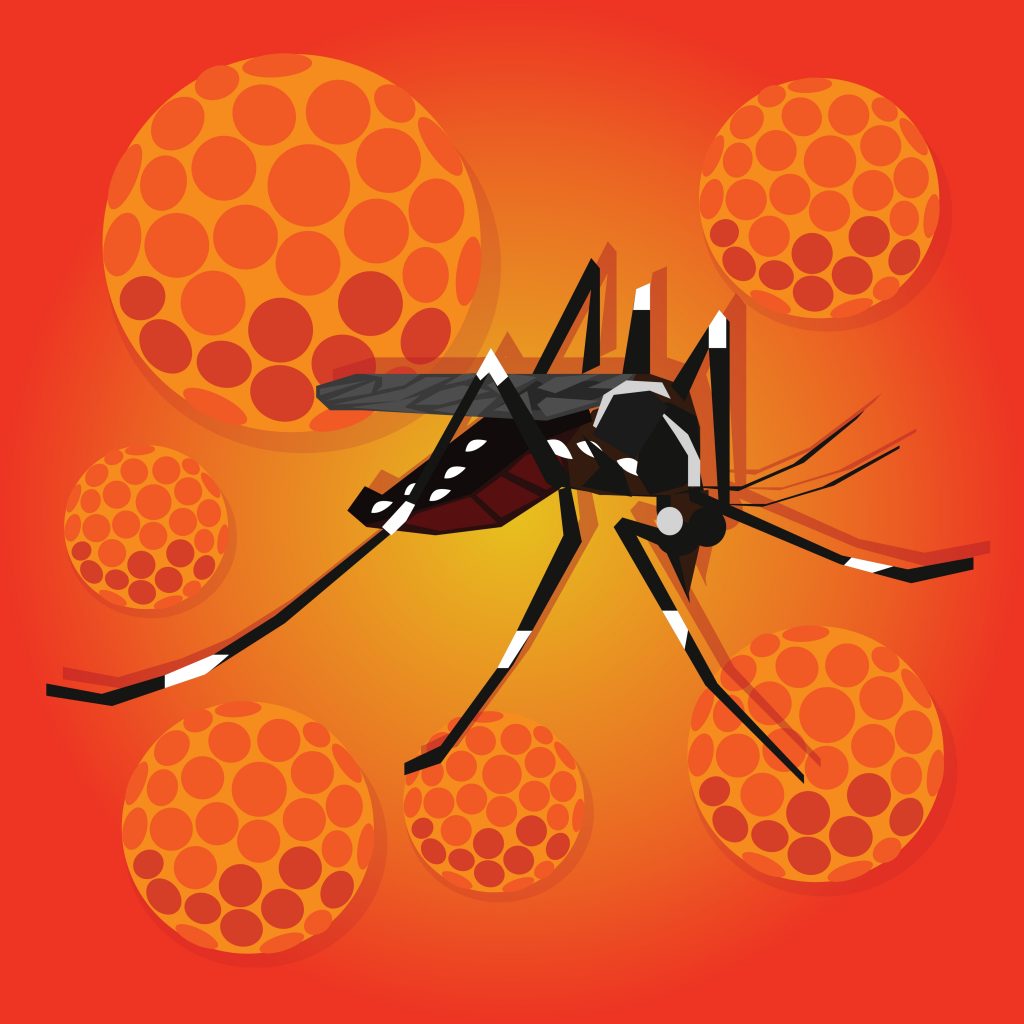
The first virus to be discovered was the tobacco mosaic virus in 1882 closely followed by the discovery of foot-and-mouth disease virus in 1898. In the 1900s, when yellow fever was killing many in the Spanish-American war, a group of scientists hypothesized that mosquitos were the vectors helping the transmission of the disease. So in order to prove their hypothesis, they did something unthinkable in today’s science world and let the mosquitos feed on yellow fever infected patients and then allowed them to feed on study volunteers who eventually fell sick. They ruled out bacterium as the agent after finding out that a standard bacterial filter did not prevent the transmission. Hence in 1901, yellow fever virus was the first “filterable agent” to be discovered in humans [5].
Viruses……. any benefit?
Well, for those that are involved in the fields of virology or molecular and cellular biology, I don’t think it is difficult to comprehend the vast spectrum of tools that viruses provide. Viruses have contributed immensely in the understanding of basic molecular genetics such as DNA replication, transcription, RNA processing, translation, protein transport, immunology and in translational medicine in the form of gene therapy and cancer treatment (oncolytic viruses), just to mention a few [6]. How would it be though, if we were to ask about the evolutionary benefits of viruses to humanity? Do they serve any purpose to humans in the likes of our well beloved microbiota and less popular parasites?
What would you say if I told you that a fragment of DNA in our body that encodes an essential protein has come from a retrovirus? Absurd? Not really!
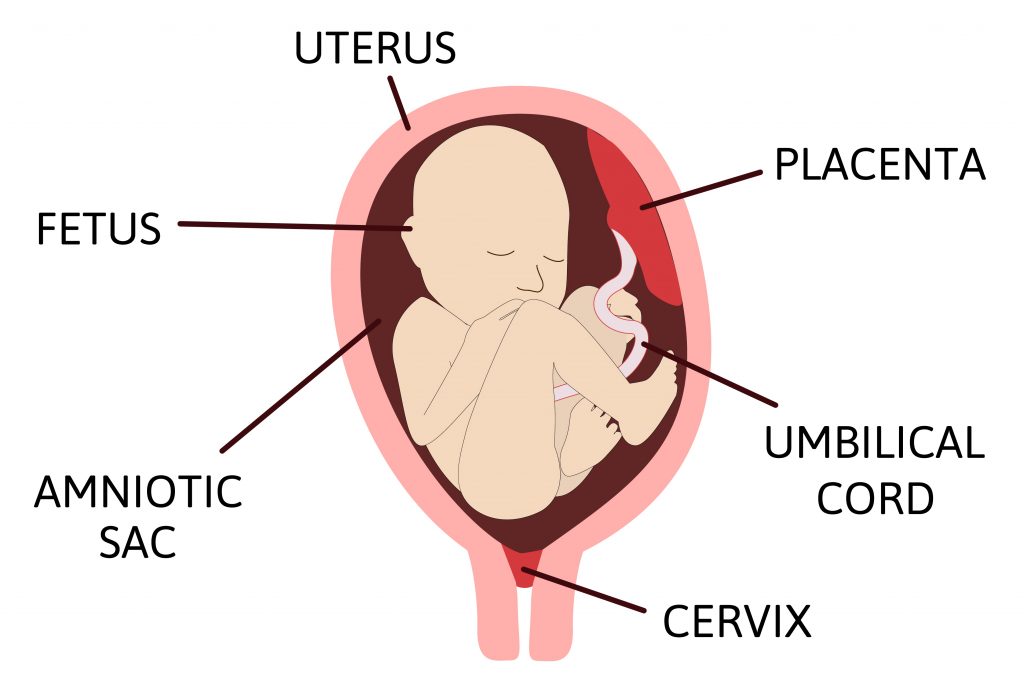
The placenta is an important organ that serves as the life line between a mother and her unborn child. Shortly after the fertilization of an egg, the rapidly dividing blastocyst is implanted into the uterus immediately initiating the formation of the placenta. Syncytin-1 is a protein that is naturally encoded by the endogenous retrovirus group W envelope member 1 (ERVW-1). It is also a cell-cell fusion protein that is secreted by specific cells in the placenta and facilitates formation of the placental barrier, creating the interface between the mothers blood supply and the developing fetus [7]. This means that syncytin, which was initially known to cause viral fusion to host cells, is now serving the same purpose of membrane fusion in the placenta, except that this time it is the fusion of a fetus with its mother.
Viruses and human evolution: could there be any connection?
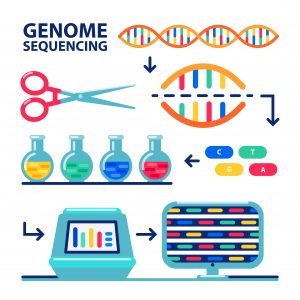
The completion of the Human Genome Project in the early 2000s will forever be in the history books as one giant leap of progress in understanding basic science. Not only has it unraveled so much information but it has also contributed immensely into the understanding of various diseases and initiated a whole new field of computational biology [8]. After its completion, scientists were able to identify 21,000 protein-coding genes, accounting for only ~2% of the human genome, while the remaining 98% were classified as “Junk DNA” or noncoding DNA regions. Even though over the course of the past years some of these junk DNA regions have been attributed to being regulatory regions, the function of the vast amount of junk DNA still remains to be discovered. It is probably only a matter of time, until we find that some of these DNA fragments found in the vast world of junk DNA, are of a viral origin.
So what should we make of a virus?
So at the end, we can conclude that viruses are small microorganisms made up of nucleic acids, either DNA or RNA packaged tightly inside a protective layer of membrane and that they need a host to replicate. They have been around for millions of years and both viruses and humans have managed to live with each other for the vast majority of time, even though there have been several lethal viral outbreaks in the past. However, despite the harm some viruses can potentially inflict, many others have been widely used to eradicate diseases such as small pox and advance basic science and healthcare, protecting millions of people from diseases. No longer than one year after the COVID-19 outbreak in Wuhan, many years of research on viruses have enabled the prompt development of vaccines that have been approved in many countries. The British Oxford–AstraZeneca vaccine, the Russian Sputnik V, Chinese Convidicea, and Johnson & Johnson’s Ad26.COV2.S COVID-19 vaccines are all based on adenoviral vectors that are used as a vehicle to bring the corona virus spike protein into our cells hence kick starting both the immune and adaptive immune response against SARS-CoV-2 [9].
I personally find viruses to be very fascinating and amazing tools for molecular studies. Evolution that would take millions of years in higher organisms can be achieved in little over months or years in viruses. This makes them unique and indispensable tools. Of course, misused viruses can also be dangerous and deadly but so does reckless driving! Therefore as long as we work diligently and safely with viruses, we can benefit a lot from them.
What is your take on this love-hate relationship with viruses?
Author: Yonas Tesfamariam
References
[1] Microbiology Society, “Viruses | What is microbiology? | Microbiology Society,” MicrobiologySociety, 2020. [Online]. Available: https://microbiologysociety.org/why-microbiology-matters/what-is-microbiology/viruses.html. [Accessed: 04-Apr-2021].
[2] V. Racaniello, “Simplifying virus classification: The Baltimore system,” 2009. [Online]. Available: https://www.virology.ws/2009/08/12/simplifying-virus-classification-the-baltimore-system/. [Accessed: 04-Apr-2021].
[3] B. D. R. Wessner, D. College, and N. Education, “Origin of Viruses | Learn Science at Scitable Origin of Viruses | Learn Science at Scitable,” Nat. Educ., vol. 3, no. 9, p. 37, 2010.
[4] A. Nasir and G. Caetano-anollés, “A phylogenomic data-driven exploration of viral origins and evolution,” no. September, 2015.
[5] M. Woolhouse, F. Scott, Z. Hudson, R. Howey, and M. Chase-Topping, “Human viruses: Discovery and emeraence,” Philos. Trans. R. Soc. B Biol. Sci., vol. 367, no. 1604, pp. 2864–2871, 2012.
[6] “7.15: Viruses in Research and Medicine – Biology LibreTexts.” [Online]. Available: https://bio.libretexts.org/Bookshelves/Introductory_and_General_Biology/Book%3A_Introductory_Biology_(CK-12)/07%3A_Prokaryotes_and_Viruses/7.15%3A_Viruses_in_Research_and_Medicine. [Accessed: 26-Jul-2020].
[7] B. Soygur and L. Sati, “The role of syncytins in human reproduction and reproductive organ cancers,” Reproduction, vol. 152, no. 5. BioScientifica Ltd., pp. R167–R178, 01-Nov-2016.
[8] L. Hood and L. Rowen, “The human genome project: Big science transforms biology and medicine,” Genome Med., vol. 5, no. 9, p. 79, Sep. 2013.
[9] “Draft landscape and tracker of COVID-19 candidate vaccines.” [Online]. Available: https://www.who.int/publications/m/item/draft-landscape-of-covid-19-candidate-vaccines. [Accessed: 04-Apr-2021].

Interesting !
Nice and well articulated blog. I like the expression that how viruses can guard our life matters promptly, even starting from the placental cord function. Thanks Yonas for the well executed description of Viruses.